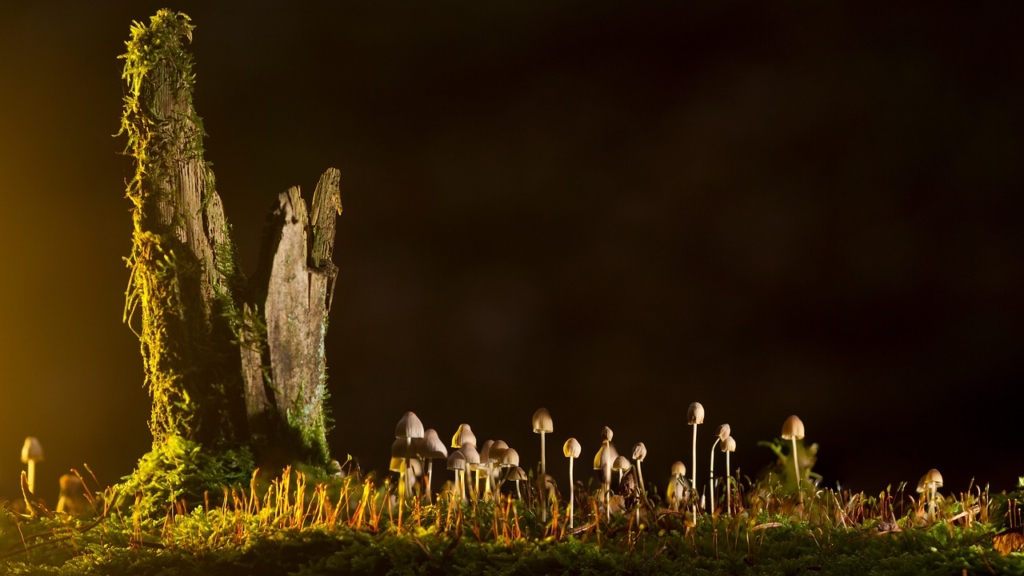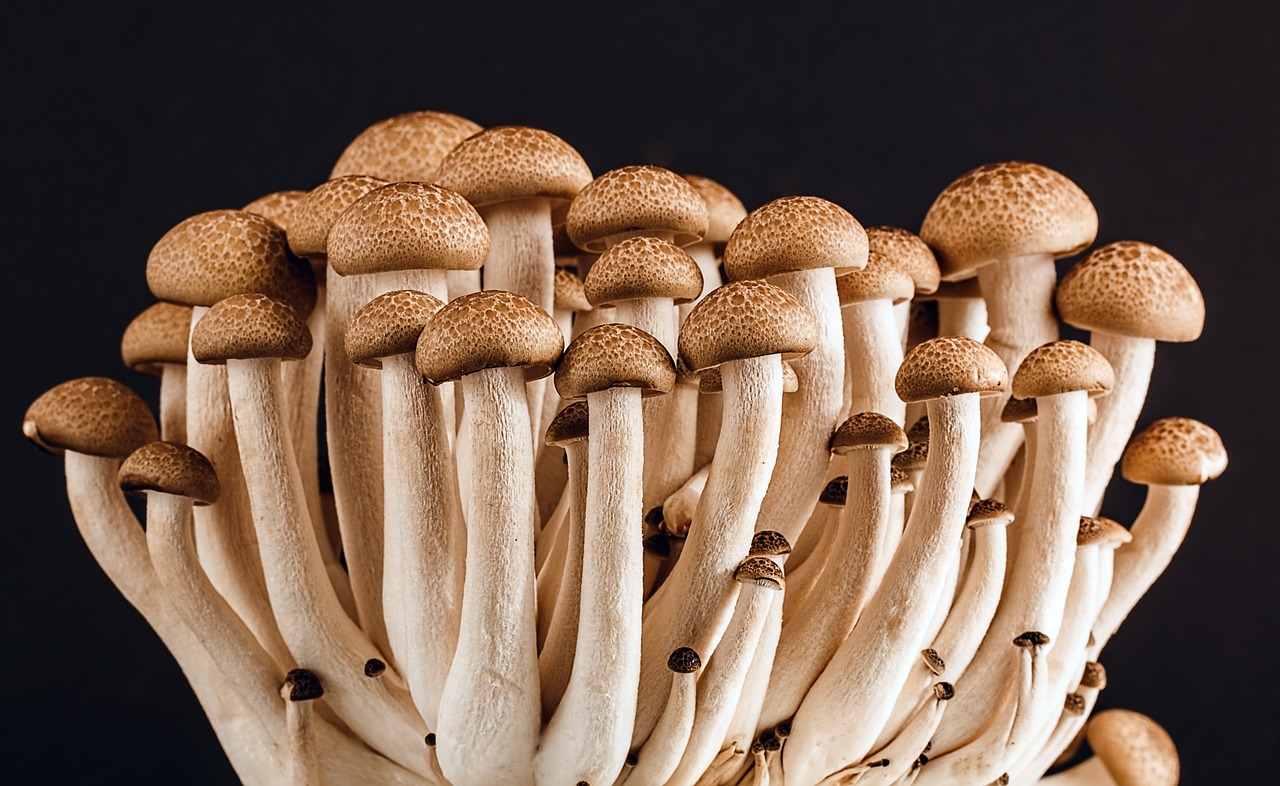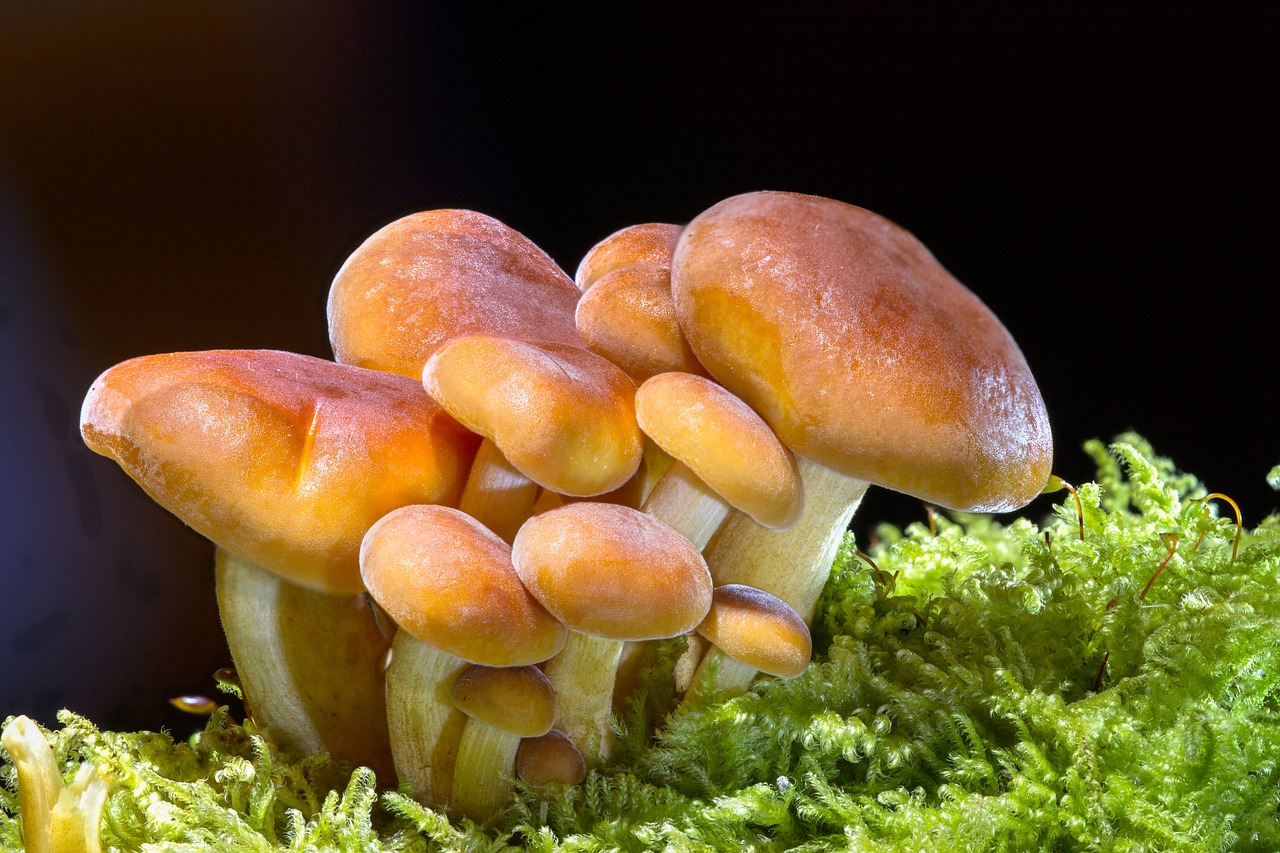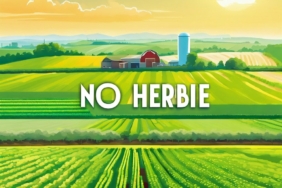Harnessing Fungi to Combat Climate Change in Australia
Across an expansive 100,000 acres in the agricultural heartland of Australia, an innovative and unconventional approach is taking root to combat the relentless advance of climate change. Farmers are exploring the remarkable potential of tiny subterranean tendrils of fungi to capture carbon dioxide from the atmosphere and sequester it deep underground. This initiative is part of a significant endeavor by entrepreneurs and investors worldwide to transform soil into a powerful ally in the fight against climate pollution.
The rationale behind using fungi is compelling. These organisms serve as nature’s carbon traders, facilitating the transfer and storage of carbon. As farmers cultivate their crops, they are now incorporating a finely pulverized dust of fungal spores into the soil. This fungal network attaches itself to the roots of the crops, absorbing carbon that plants take in from the air and effectively locking it away in a stable form underground. This process may allow the carbon to remain sequestered for much longer than it would in the natural carbon cycle.
This pioneering fungal initiative is spearheaded by an Australian company named Loam Bio, which is among several startups that have mobilized hundreds of millions of dollars in investments aimed at utilizing soil as a medium for carbon removal. Similar companies, such as Andes and Groundworks Bio Ag, are also exploring the potential of microbes in this regard. Other innovative solutions include Lithos and Mati, which provide farmers with crushed volcanic rocks that absorb carbon, while Silicate Carbon is refining leftover concrete into a fine powder. Additionally, several companies are converting crop waste into charcoal through a process known as pyrolysis.
A key attraction of the Loam Bio approach is its simplicity and minimal disruption to traditional farming practices. As Stuart McDonald, a fifth-generation farmer based near Canowindra, aptly noted, “It’s pretty simple.” McDonald has recently experimented with this fungal treatment by dusting the seeds of his wheat and canola crops with Loam’s fungal spores. He appreciates that this method does not require significant changes to his farming routines or a hefty capital investment.
Stuart McDonald actively sought out freshly planted seeds that were coated with Loam’s innovative fungal treatment, exemplifying the growing interest among farmers in sustainable agricultural practices that also contribute positively to the environment.















